
In the summer of 1964, author and MK-Ultra test subject Ken Kesey and his friends took a bus trip across the USA, spreading a brand new drug wherever they went: LSD.
It would be the start of a psychedelic revolution that would spawn some of the most enduring and innovative music, literature and art of the last century.
However, this wasn’t the first time that the effects of psychedelic drugs had crossed over into main stream pop culture. That happened almost exactly a century before, when a Cheshire writer wove shamanic Siberian mushroom use into a children’s book.
Read more of the top stories from across Cheshire here.
Charles Lutwidge Dodgson, born in Daresbury, and better known by his pen name Lewis Carroll, published Alice’s Adventures in Wonderland in 1865.

(Image: Getty Images)
Marcus Boon, a writer and lecturer at York University, Toronto, noted the psychedelic qualities of the book in his Road of Excess: A History of Writers on Drugs, that “just about any episode in the book … [resonates] with the psychedelic experience.”
“Alice changes size when she drinks from bottles not marked ‘poison’, or eats from cakes which say “EAT ME … Alice encounters a caterpillar perched on top of a mushroom, smoking a hookah, and then leaves, advising her that she can grow larger or smaller, according to which side of the perfectly circular mushroom she eats from.
“The games with logic at the Mad Hatter’s Tea Party, the tricks played with visual space by the Cheshire Cat, just about any episode in the book in fact, resonate with the psychedelic experience.”
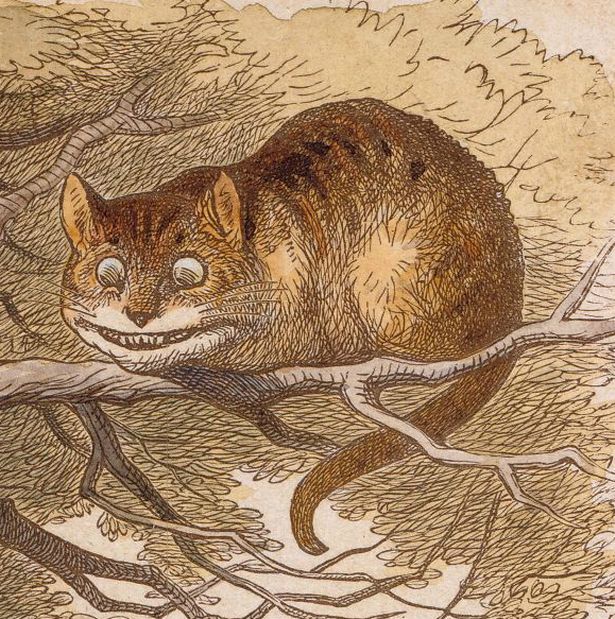
Boon picks out the following quote from the book itself as being particularly psychedelic: “First, however, she waited for a few minutes to see if she was going to shrink any further: She felt a little nervous about this; ‘for it might end, you know,’ said Alice, ‘in my going out altogether, like a candle. ‘I wonder what I should be like then?’ And she tried to fancy what the flame of a candle is like after it is blown out, for she could not remember ever having seen such a thing.”
1865 seems incredibly early for an English writer to know anything at all about psychedelics. 100 years later, LSD was just starting to make ripples in pop culture; but Boon says that Carroll had a fairly extensive knowledge of the effects of some choice psychoactive substances.
Boon says: “Carroll was familiar with the world of narcotics through friendships with users such as Dante Gabriel Rossetti and Henry Kingsley; he also owned a copy of Stimulants and Narcotics (1864), by the English toxicologist Francis Anstie, which reviewed the psychoactive substances available at the time.
“More specifically, Carroll had read Mordecai Cooke’s books on intoxicants, The Seven Sisters of Sleep (1860) and Plain and Easy Account of British Fungi (1862), with their descriptions of Siberian amanita use”.

(Image: © Elliott Neep / elliottneep.com)
The amanita mushroom has been suggested as the mysterious psychedelic ‘Soma’, a drug that appears in the Hindu Vedas and which forms an important part of Zoroastrianism.
Boon isn’t the first to make the link between Lewis Carroll’s work and psychedelics. Psychedelic stalwarts Jefferson Airplane’s ‘White Rabbit’, one of the defining songs of the movement, is very much based on Wonderland.
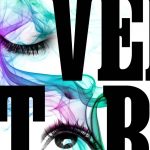
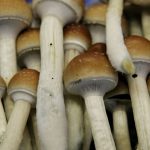
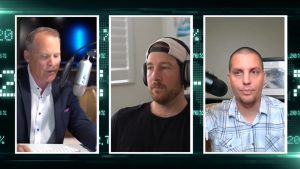
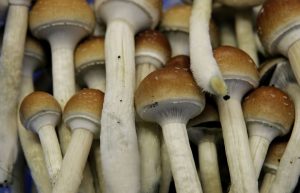
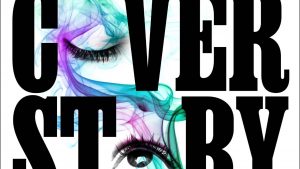
No comment yet, add your voice below!